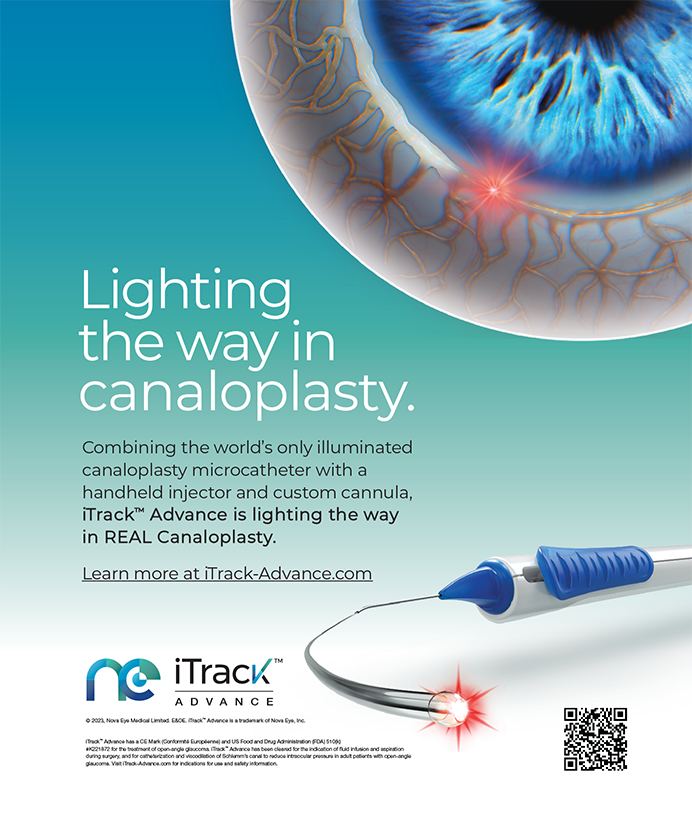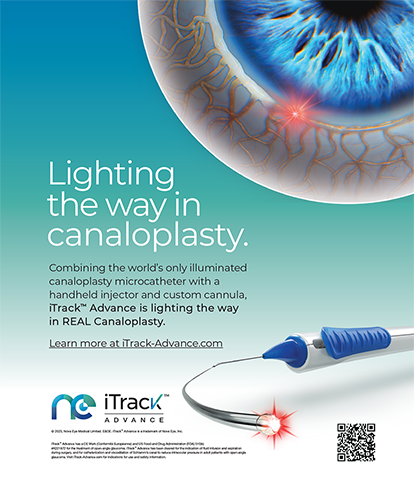The past years have proved to be especially interesting in the evolving story of how Medicare pays for IOLs. Medicare covers medically necessary IOLs under the prosthetic benefit. The reimbursement for IOLs implanted in connection with cataract surgery is bundled into the amount paid for the surgical procedure. Thus, the payment for IOLs is made to the facility where the procedure is performed. Today, Medicare's standard payment for IOLs implanted in an ASC is $150. The payments for IOLs made to hospitals for services provided in the outpatient setting are blended into the overall calculation of the relevant ambulatory payment classification for cataract procedures. Thus, the specific fee attributed to the IOL is not readily identifiable.
The rapid development of New Technology IOLs (NTIOLs) is unprecedented. It is hard to find any other category of medical devices that evolves almost annually. Medicare has recognized this fact and the need for a method to adjust payments for these new technologies. Under the ASC payment methodology, Medicare pays an additional $50 for IOLs that are granted NTIOL status by the Centers for Medicare & Medicaid Services (CMS). Each year, CMS accepts requests for new IOL categories. The lens that is used to establish a class must be FDA approved and have a new characteristic that provides meaningful and superior clinical improvements compared with existing IOLs. Examples of such advanced outcomes include accelerated postoperative visual recovery, more stable postoperative visual acuity, or a decrease in patients' need for diagnostic or therapeutic interventions after surgery. The CMS considers all of these improvements as clinical features that are covered by the program, and, therefore, Medicare pays an additional $50 for the IOL when it is implanted at an ASC. Thus, NTIOLs are paid at a rate of $200. This is the total payment for the lens. Patients may not be charged any additional amount for the IOL or for the physician services.
There also is a process under the hospital outpatient method of payment to recognize a lens as new technology and to be paid at a higher rate than for existing IOLs. Again, Medicare considers these IOLs and the surgical procedure covered. Patients may not be charged any additional amounts for the NTIOL or the physician services.
In 2005, the CMS took a giant leap forward in the way they evaluate IOLs with new characteristics that are refractive in nature. The new clinical feature of these lenses provides patients with a clinical outcome that the Medicare program generally is not permitted to cover or reimburse for refractive correction in most cases. For the first time, Medicare adopted a policy whereby a single device was conceptually separated for the purposes of payment into aspects that are covered by the Medicare program (the treatment of aphakia after cataract removal) and those that are not (the correction of presybyopia). With these distinctions, the CMS made it possible for a payment to be developed such that Medicare pays for the medically necessary aspects of the IOLs and patients are responsible for the cosmetic, presbyopia-correcting aspect. Medicare recently applied this logic to IOLs that correct astigmatism that exists preoperatively. If patients choose toric IOLs, then they must pay for the astigmatism-correcting aspect of the IOL and any additional physician services that are related solely to the astigmatism-correcting aspect of the IOL.
It is important that physicians and facilities understand the difference between new-technology status and the two-aspect rule that applies to presbyopia-correcting and astigmatism-correcting IOLs. Patients may not be charged any additional amounts for NTIOLs, because Medicare considers these IOLs and the surgical procedure as covered. Any additional charges could be viewed as balance billing. In contrast the two-aspect rule permits physicians and facilities to charge patients for the not covered aspect of the IOL and the physician care related to the not covered clinical feature.
Allison Weber Shuren, MSN, JD, is a partner at Arent Fox LLP in Washington, DC. She may be reached at (202) 775-5712; shuren.allison@arentfox.com.


